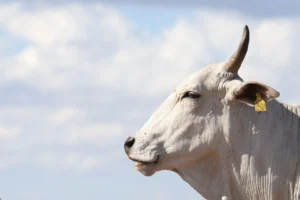
Can COP30 change the future of cows and climate in Brazil?
At COP30, the world’s eyes are on Brazil, and the cattle ranchers leading a global transformation.
The relationship between cows, methane emissions and climate change has gotten increasingly complex. On one hand, farmers are now expected to feed a population that inches closer and closer to 10 billion people every day. On the other hand, they also have the responsibility of reducing the environmental impact of cows, which account for 5% of global greenhouse gas emissions, according to the Intergovernmental Panel on Climate Change.
Mitigating methane from cows is a challenge that scientists, researchers and producers are working to solve. Through the use of biodigesters and sustainable farming practices like rotational grazing, progress is underway. To accelerate the mission of reducing emissions, scientists are now tackling methane at its source — inside the cow.
Let’s take a look at how scientists are exploring ways to modify a cow’s digestion, microbiome and genetics to curb methane before it’s ever released.
Cows and other ruminant animals, like sheep and goats, rely on microbes in their digestive systems to break down and ferment the fibrous plant materials they eat.
For cows, this process, which is known as enteric fermentation, happens in the rumen — the largest chamber of a cow’s stomach. It’s how cows turn things humans can’t eat (like grass) into things that are fit for human consumption (like nutritious meat and milk).
Just like the human digestive system, a cow’s gut is home to a diverse community of microbes that are critical for digestion and overall health. But unlike us, the cow’s microbiome has the added responsibility of breaking down tough plant fibers through fermentation — a process that also produces methane as a natural byproduct. Most of this methane is released through burps, making microbial activity in the rumen a key factor in the environmental impact of cattle.
Because microbes play such a central role in methane production, scientists are focused on discovering ways to modify them — without negatively impacting the health or productivity of cows.
Changing what cows eat can help reduce methane emissions by preventing some of the gas from forming in the first place.
Since methane is produced during the digestion of fiber — which is a major part of a cow’s diet — shifting to grain-based diets can reduce emissions. Studies show that beef cattle fed high-grain diets produce less methane per unit of feed consumed compared to pasture-grazing cattle, due to differences in fermentation. While grain-fed cattle may eat more in total, their more energy-dense diet leads to lower methane emissions relative to their growth and weight gain.
Scientists are also exploring feed additives that modify digestion to lower emissions. While feed additives have historically been used to promote gut health and improve digestion, they are now being developed for the purpose of inhibiting the enzyme that forms methane. Each of these solutions have varying levels of effectiveness depending on the diet, amount used and other farm management practices.
Some of those options include feed additives that:
DIVE DEEPER: The CLEAR Center at UC-Davis and many other research centers around the world are working on solutions to reduce methane production in cattle without compromising animal health and performance. Click here to read more.
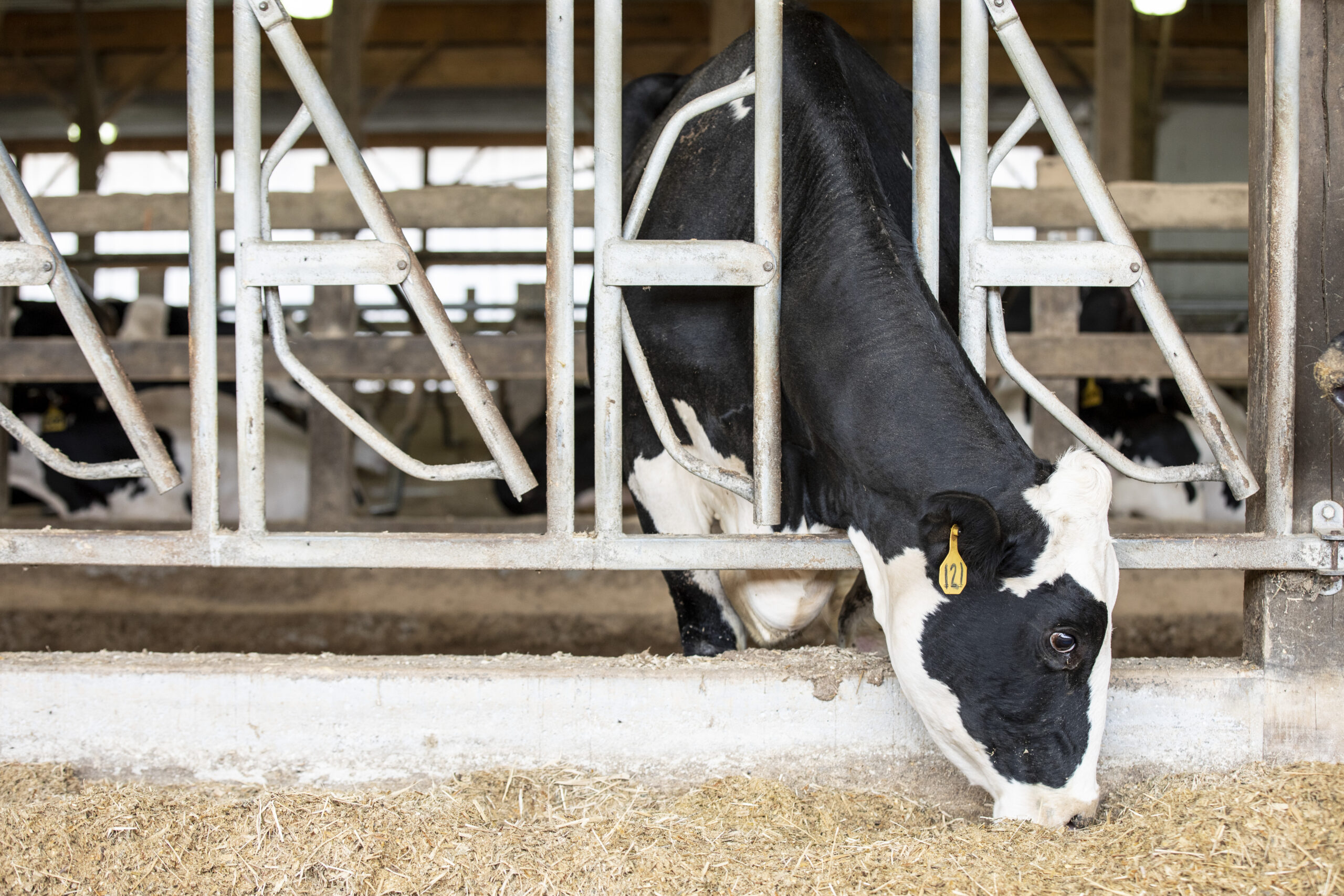
Selective breeding helps farmers develop healthier, more productive cows by passing down more favorable genetic traits. Research has shown that cows that live on the same farm and eat the same diet can produce different amounts of methane — which tells us that genetics play a role.
Genetic selection for breeding lower-methane cattle starts with measuring emissions from individual cows and identifying the genetic markers linked to lower emissions. Cows with those markers are selectively bred, sometimes using in vitro fertilization (IVF).
A major milestone in selective breeding came with the birth of Hilda, a Scottish dairy calf born through IVF and bred to emit less methane. Hilda was born at Crichton Royal Farm, near Dumfries, Scotland, and was the first calf selectively bred to improve methane efficiency.
While Hilda represents an important step forward, scientists are also exploring other genetic tools, like genome editing, to reduce cattle methane emissions.
Research shows that the microbiome develops in the first few weeks of a calf’s life, shaping how efficiently it digests food and how much methane it emits over its lifetime. Recognizing this, scientists at UC Davis, UC Berkeley and UC San Francisco have partnered to utilize CRISPR genome-editing technology to modify the microbial communities in cows’ digestive systems. Through this partnership, scientists hope to design targeted interventions that alter microbial activity in a lasting and scalable way. Researchers are currently exploring an oral treatment for calves that modifies their microbial systems early in their lives to reduce their lifetime methane emissions.
While it is still a relatively new topic, research on genetic strategies to reduce enteric methane emissions from cows is promising — and complex. Because selective breeding builds on existing breeding technologies, such as artificial insemination and IVF, large-scale implementation and scalability may be within reach. Genome editing, on the other hand, is still in the early stages of development. Ultimately, widespread adoption will depend on further research, regulatory approvals and public acceptance as technology matures.
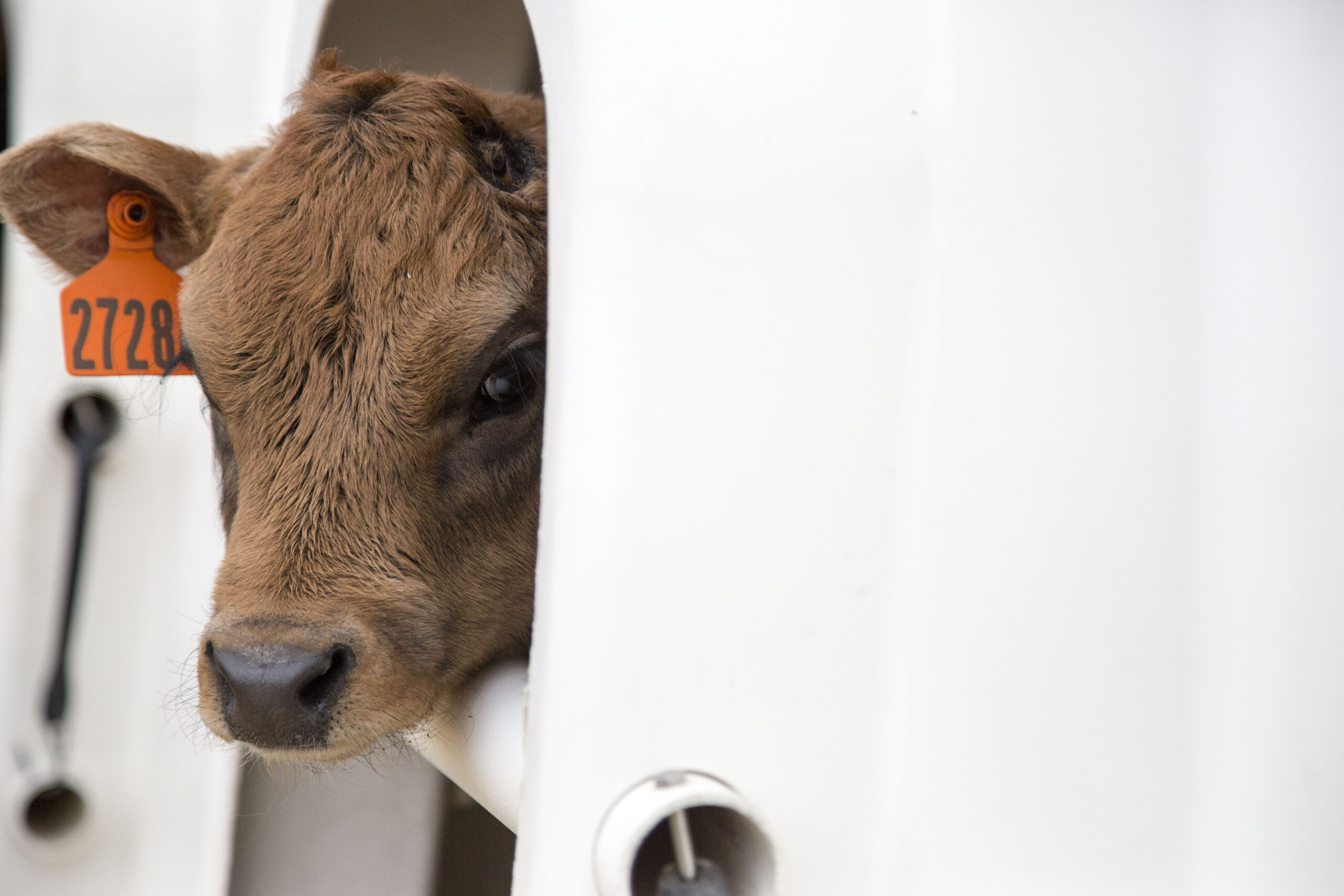
Scientists are currently working on a vaccine that could reduce the amount of methane produced by cattle. This vaccine would induce the production of antibodies in a cow’s saliva. Cows are constantly chewing and swallowing, producing gallons of saliva each day in the process. In that saliva, the antibodies would travel to the stomach compartment where methane is produced. There, the antibodies would interfere with methane-producing microbes.
While such a solution is exciting to consider, this methane vaccine is still in development and likely won’t be available until after 2030, as it must go through clinical trials, on-farm testing and regulatory approval first. There’s also no guarantee it will work in all types of cattle operations. However, if it were successful, it could be a massive step toward mitigating climate change.
Reducing methane emissions from cows is a challenge that farmers cannot tackle alone. Scientists, policymakers, agricultural leaders and consumers all have a role to play. And while the innovations that are currently being designed and produced signal a global shift, we’ve barely scratched the surface on the progress that could be made.
To tackle a challenge as pressing as climate change, we’ll need every tool in the box — and the ability to keep thinking outside it.

At COP30, the world’s eyes are on Brazil, and the cattle ranchers leading a global transformation.
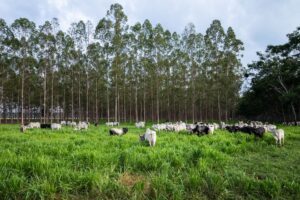
Restoring 40 million hectares of pasture could feed billions and ease pressure on the Amazon. Is the world paying attention?
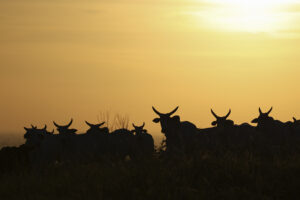
New mini-doc explores deforestation, food security and the Brazilian cattle sector’s path to a more sustainable future
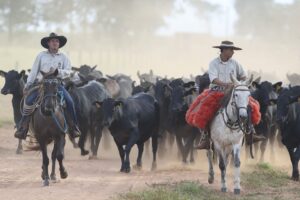
Mention Brazilian beef, and you’re likely to spark discussion about familiar themes: deforestation, emissions and blame. What do we find when we dig deeper? Here are the answers to five top questions about Brazil’s role in protecting the Amazon and feeding the world.
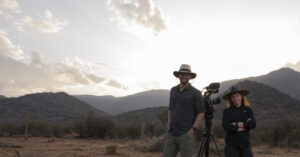
From science to the big screen: Discover how a single question grew into a global journey.
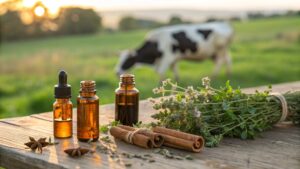
The role of essential oils like thyme, oregano and clove in reducing methane emissions from cattle.
As climate change intensifies and the world’s population continues to grow, the pressure on our global food production system mounts. You can play an active role in shaping a more sustainable planet for future generations. Fill out the form below to learn more about how you can partner with us.
Receive notifications about the release date, new online content and how you can get involved